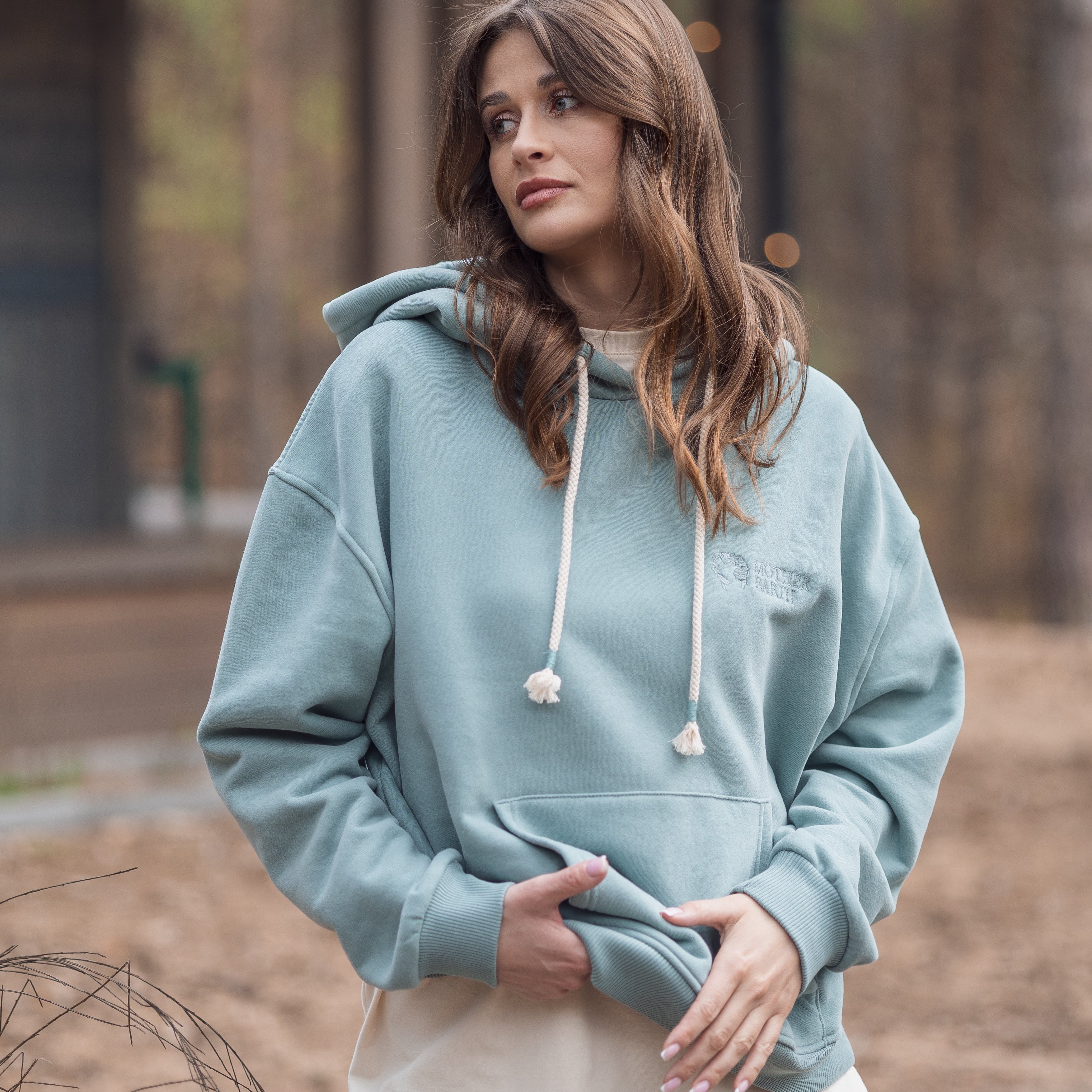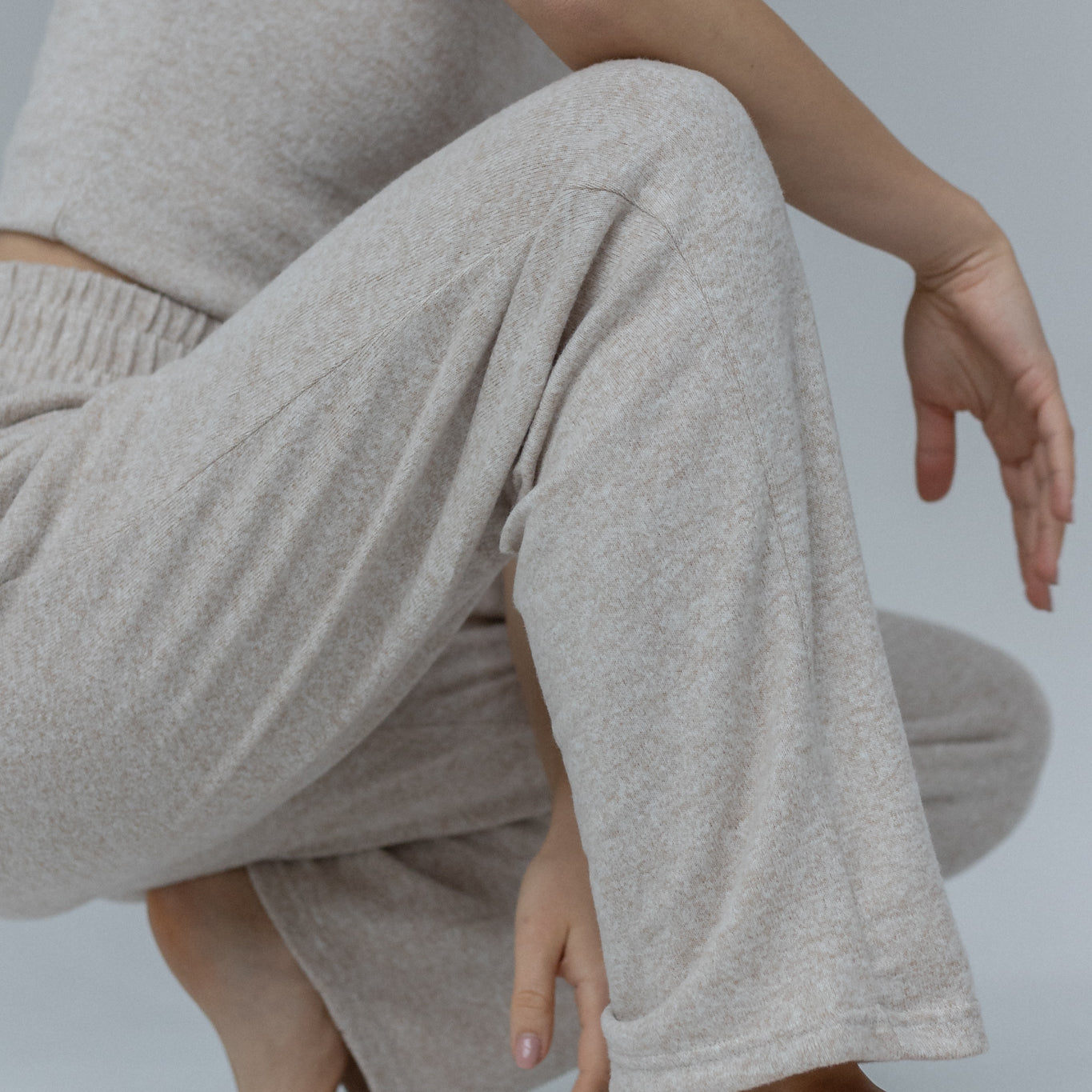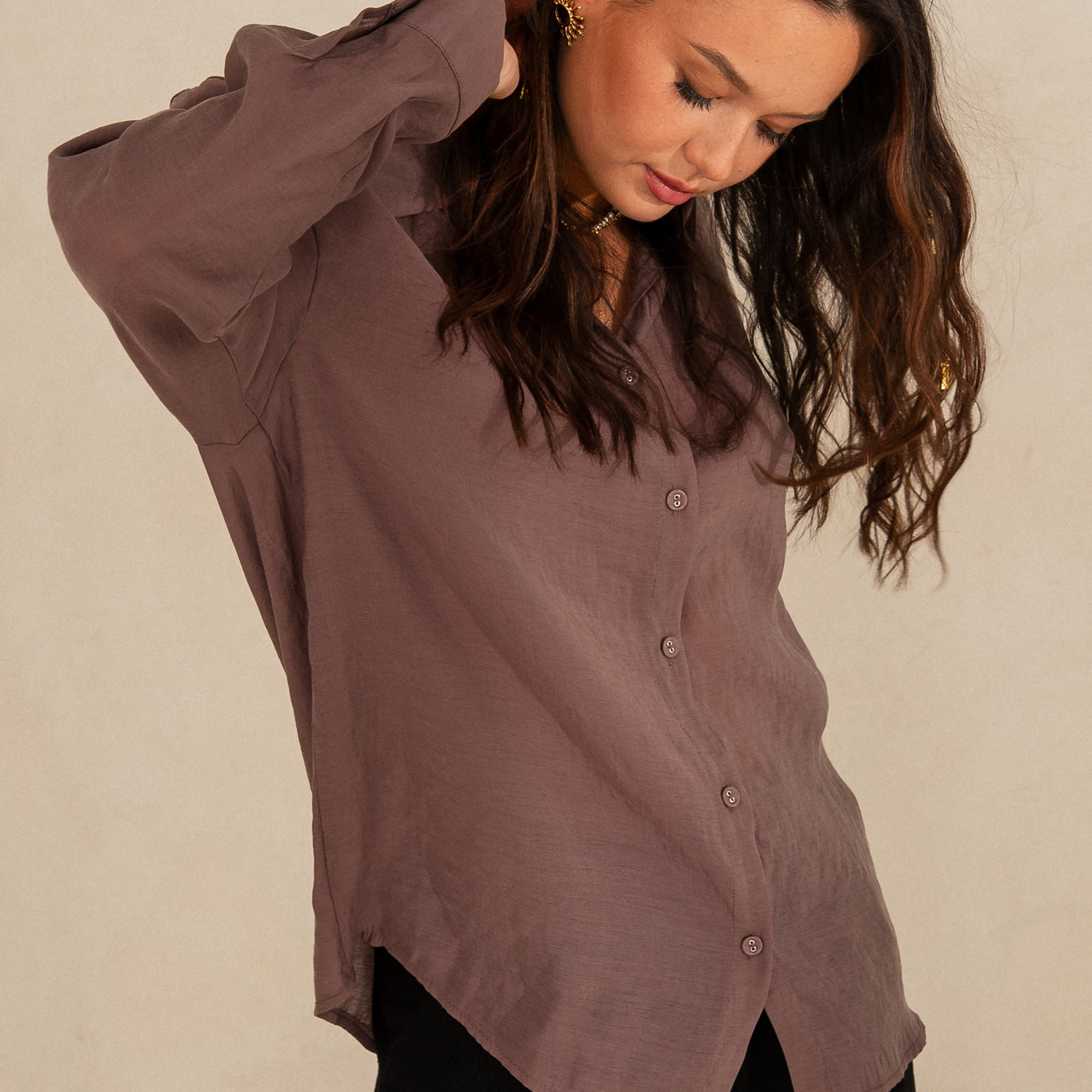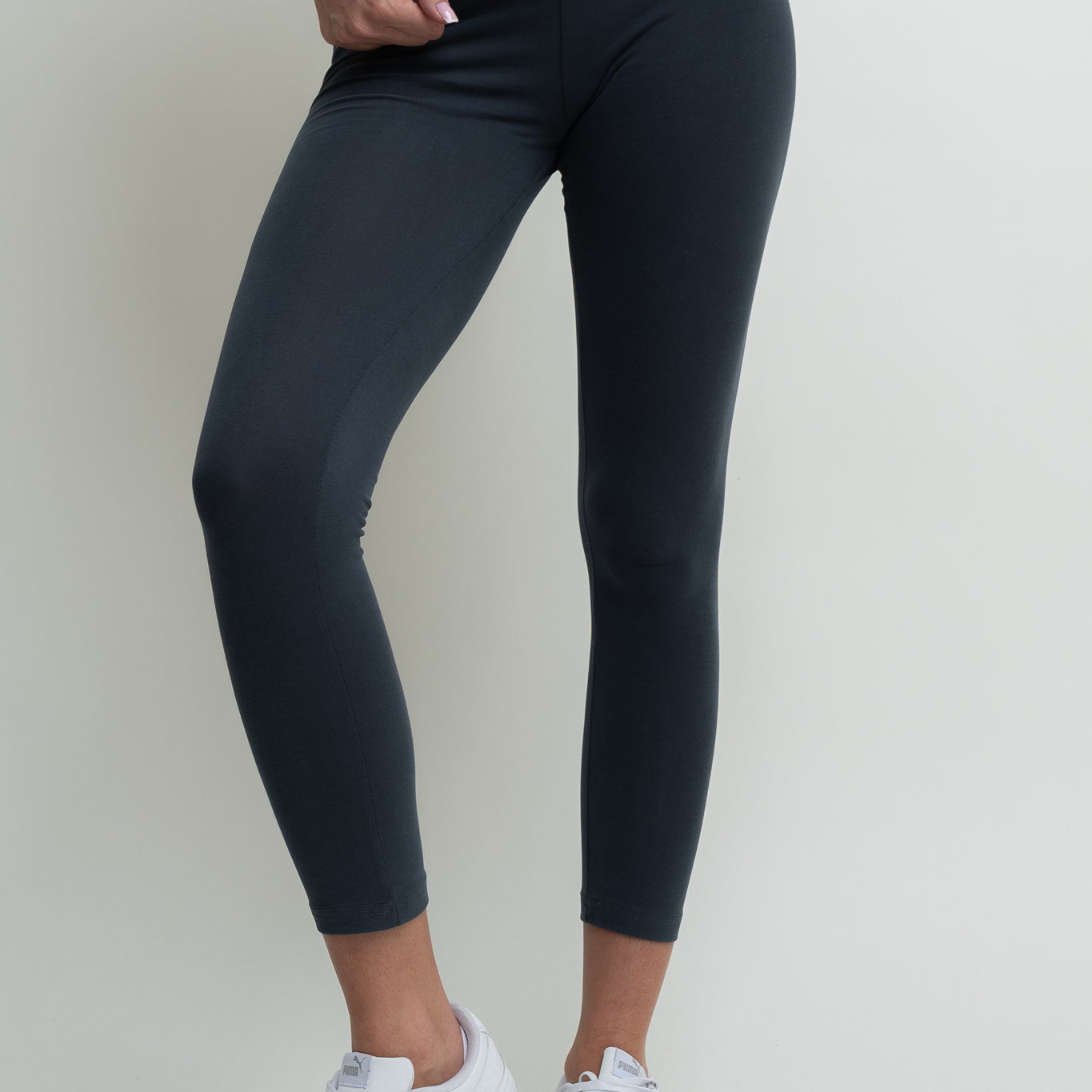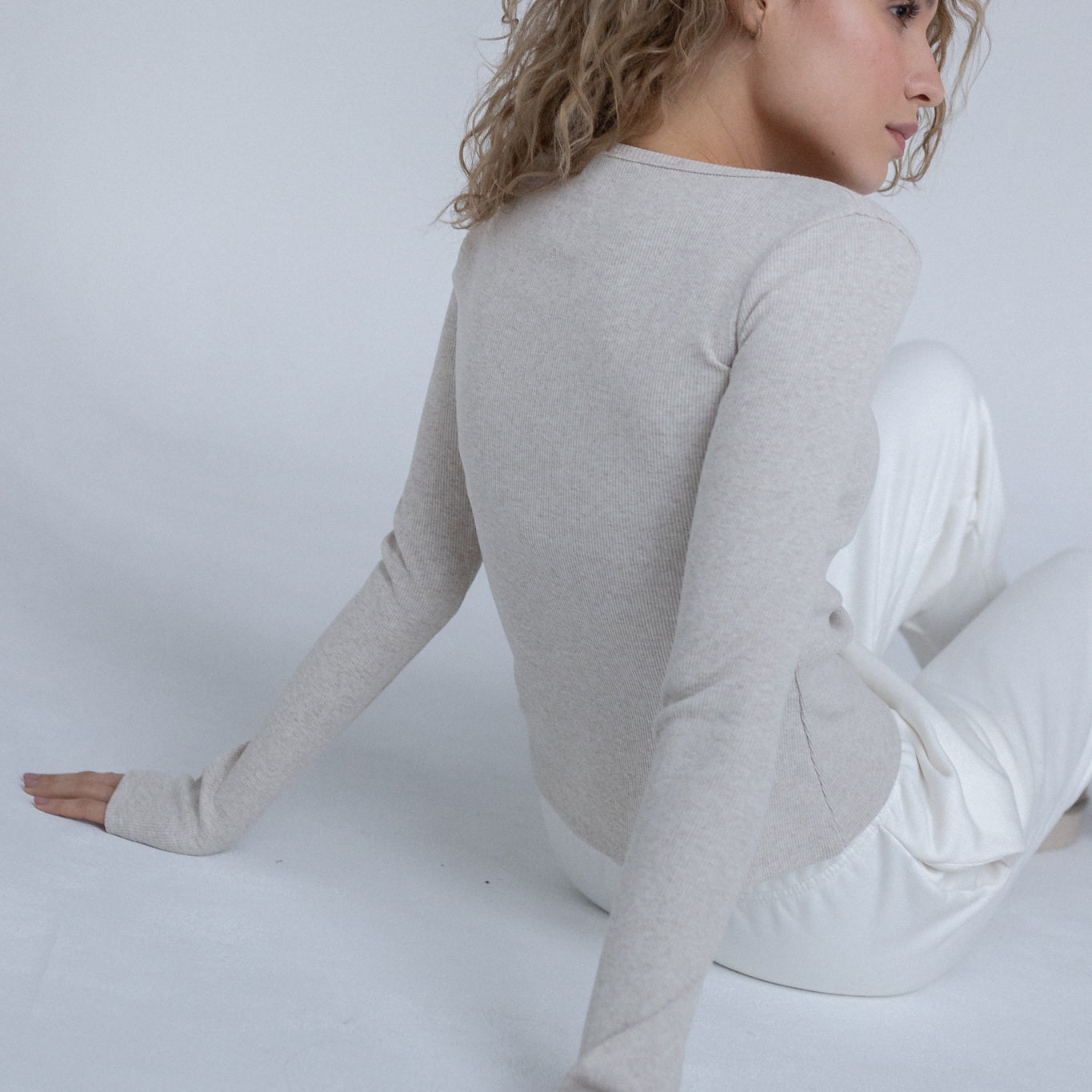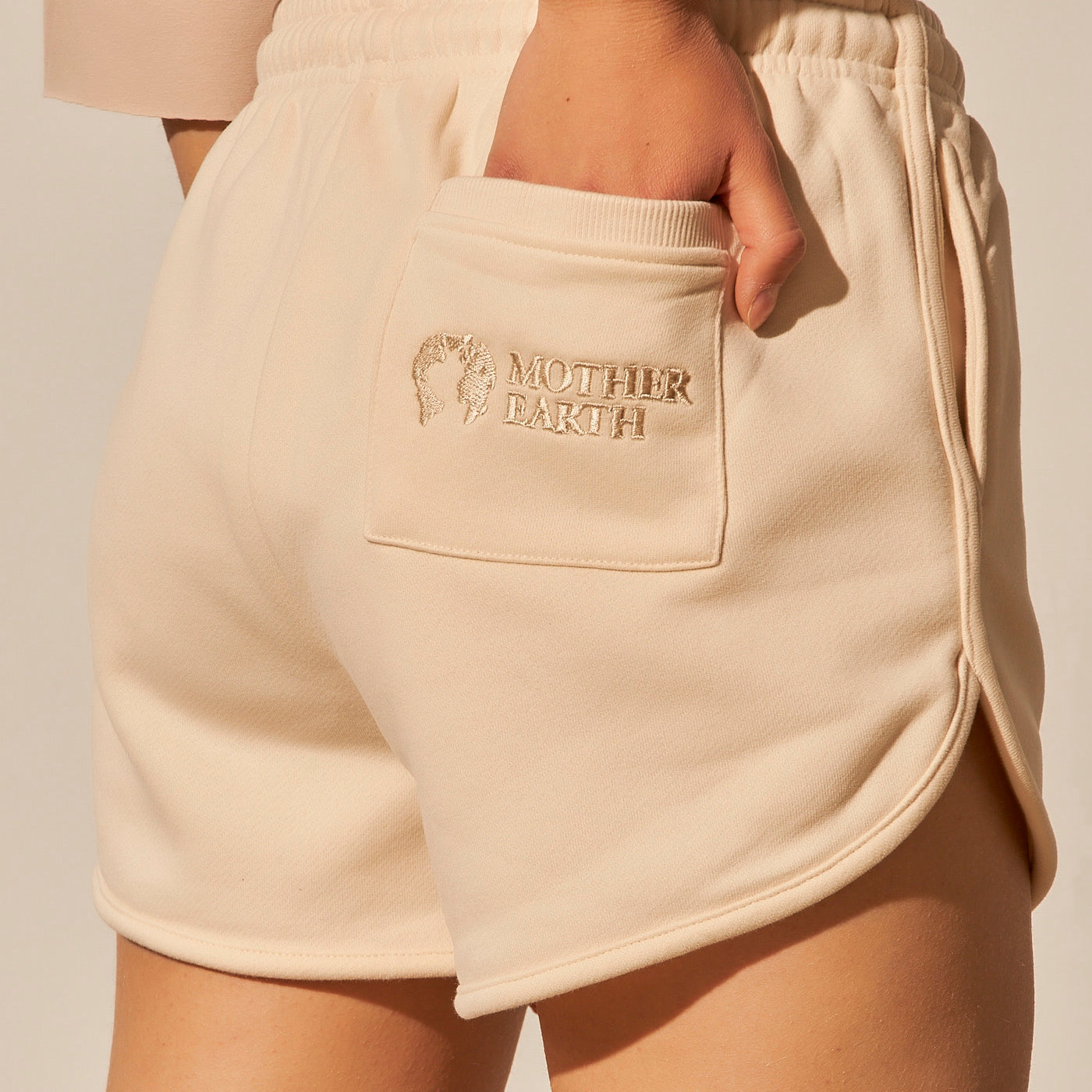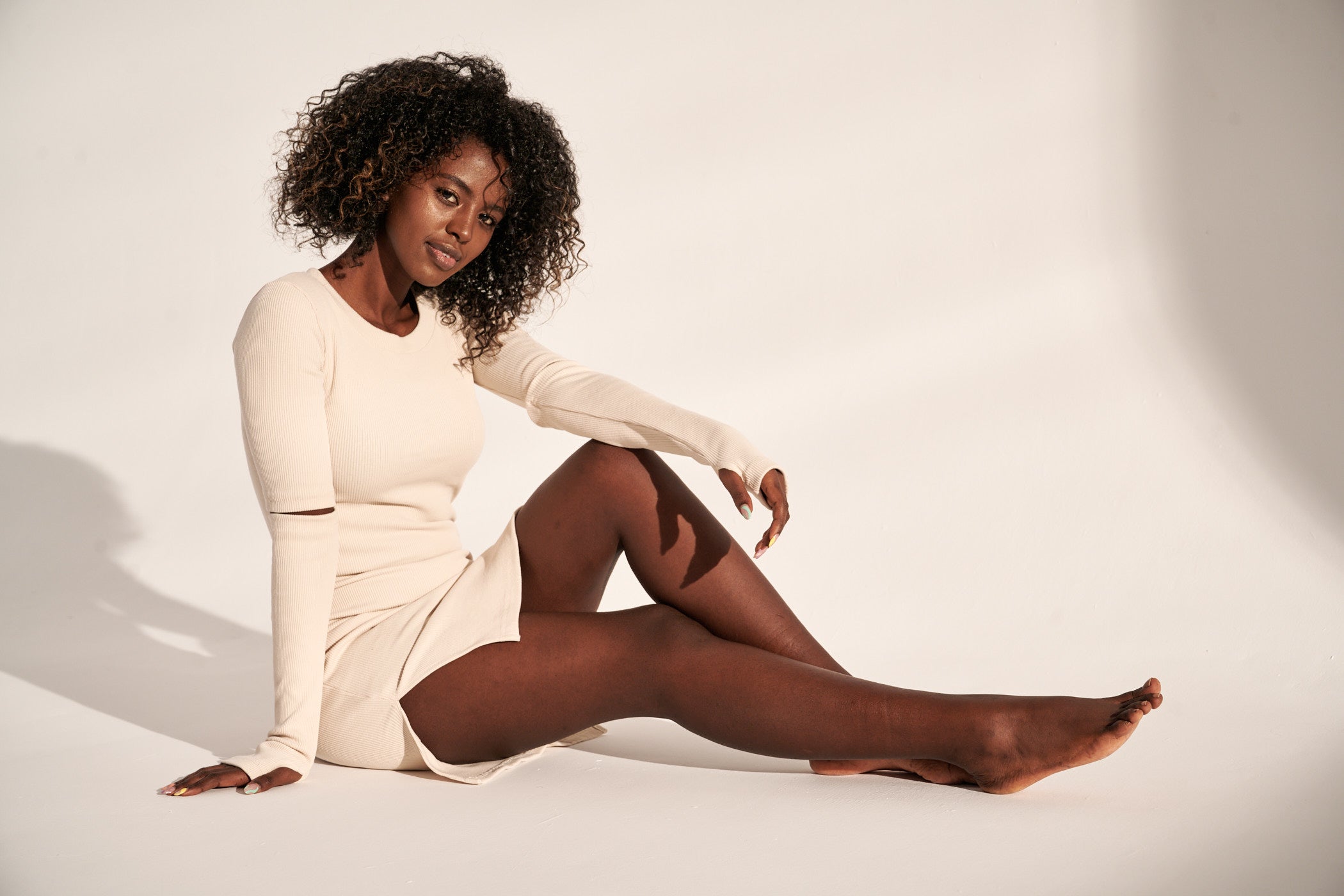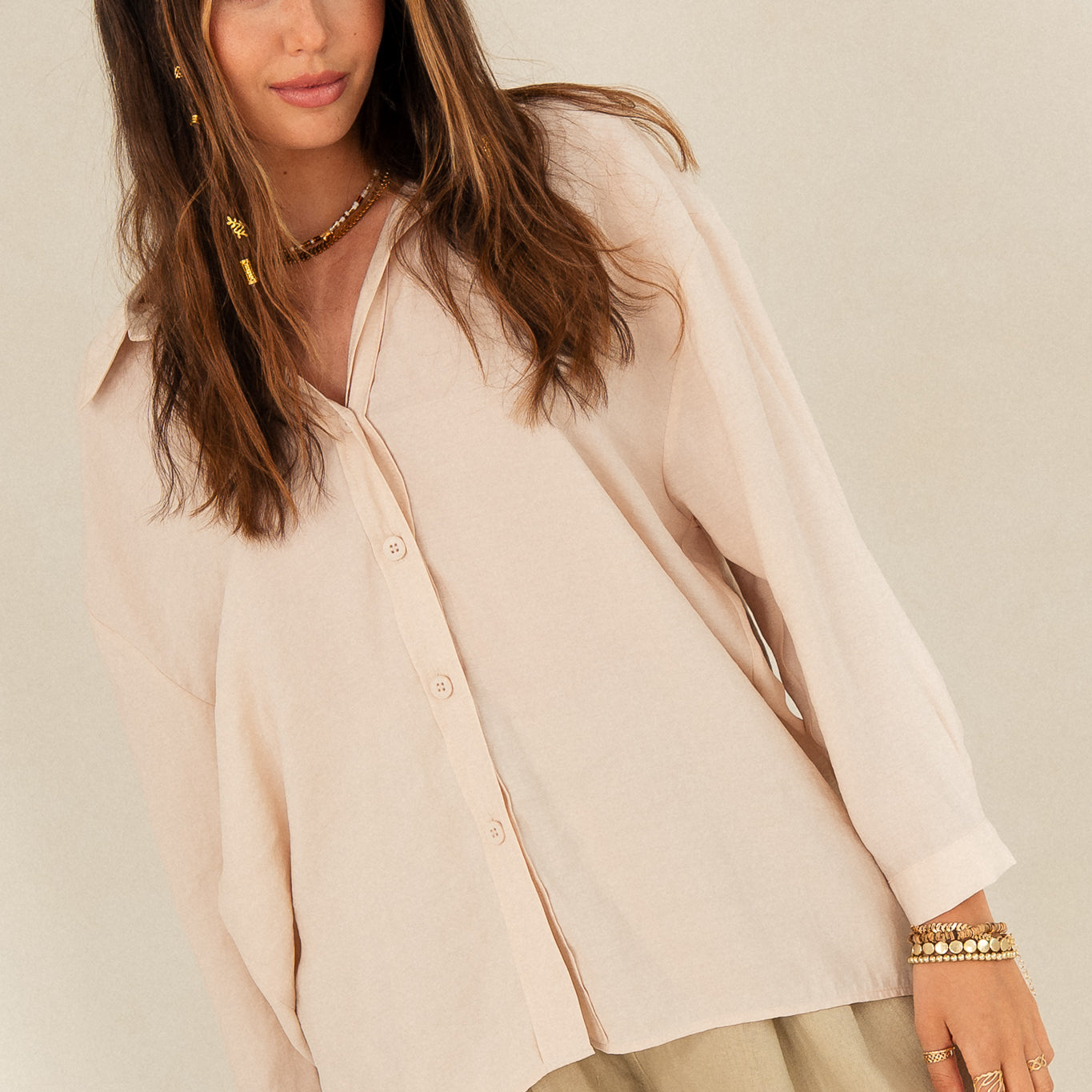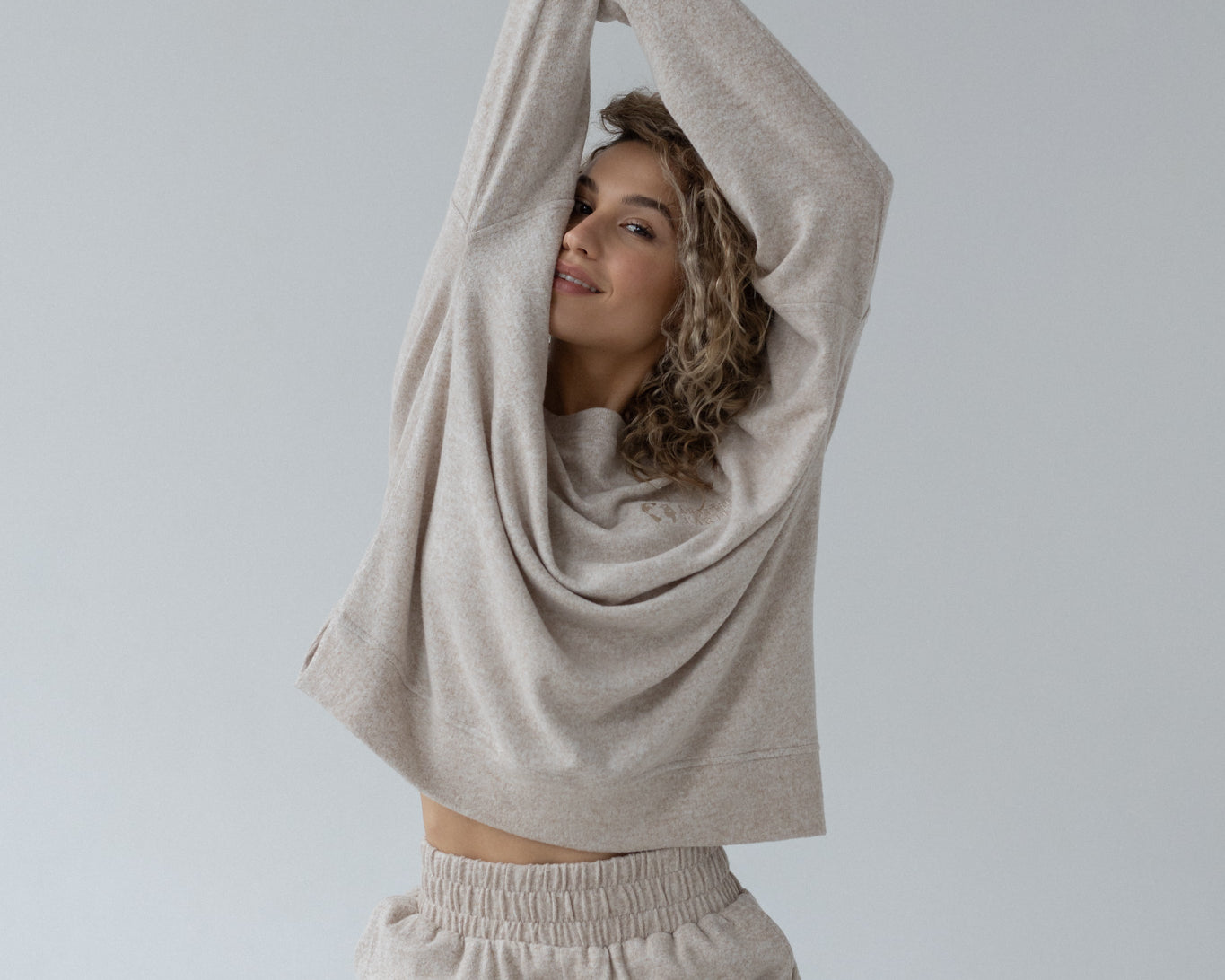Our goal at Mother Earth is to make clothes not only beautiful, made of the highest quality materials, comfortable and functional, but we want them to last in our customers' wardrobes for as long as possible. We care about this because if clothes are used for a long time and put into circulation, the process of environmental pollution with textile waste is reduced and slowed down. And that's exactly what we want!
How does it work? If the clothes are of good quality and properly cared for, they can last a very long time in our wardrobe. You can have them in your wardrobe for a few good years. And this is what limits the overproduction of clothes. Additionally, we encourage you to always recycle clothes - this means that when the time comes to say goodbye to your favorite Mother Earth sweatshirt and replace it with a new one, the old one will not end up in the trash, but in other hands that will still be able to use it. We encourage you to give clothes to friends, younger sisters or people in need. But remember to give clothes to someone else, give them in the condition in which you would like to receive them yourself.
How to do it? How to maintain the good appearance of clothes and good quality for a long time? In this case, in addition to quality, proper care is very important. Here are some valuable tips that will help to maintain the good appearance of clothes for as long as possible.
WASHING
- Always wash clothes inside out. This will minimize the occurrence of micro-damage on the right side. The clothes will pill less and will not be damaged.
- Follow the instructions on the care label - if the garment is to be hand washed, then do so. We encourage you to wash all garments at a maximum of thirty degrees. Why? Because this temperature causes the least damage. The higher the temperature, the more the material structures are damaged, the clothes shrink, the threads weaken. This also saves energy, and therefore, less environmental pollution.
- Try to wash as infrequently as possible - as they say - washing (clothes) frequently shortens their life ;) However, take this saying with a pinch of salt, because of course every stain should be removed. But if there are no stains and the clothes are not worn often, then really, you don't have to wash them after every use. Each wash causes the material to rub slightly and each time micro-damage occurs. In addition, washing less often will have a positive effect on the ecosystem, less water is wasted and fewer chemicals go into nature.
- Don't rub when washing by hand! This is unfortunately a common mistake. When washing by hand and want to get rid of a very stubborn stain, don't rub the clothes hard in one place! Clothes don't take it well. Visible abrasion occurs on delicate fabrics. The more natural the fabric, the worse it will look after such washing. Tencel and lyocell take it particularly badly - especially if they are naturally dyed. When rubbed, the color may even come off.
- Washing liquid instead of powder - Washing powder acts like a clothes grater. It has a particularly negative effect on printed clothes, as it rubs them, which quickly causes them to lose their original beauty. Instead of powder, use washing liquid. It is much more delicate and additionally softens the fabric, which improves its appearance.
DRYING
- Some clothes should not be tumble dried because they can shrink due to high temperatures. Be sure to check the care label.
- Remember not to dry clothes in the sun! We know that the sun significantly speeds up the drying process, but unfortunately it can destroy the fabric. Materials that are dyed can simply lose their color in the place where the sun's rays hit. As a result, after drying we can have a sweatshirt half-bleached by the sun... and this unfortunately does not look good.
- Dry flat - it would be best if all clothes were dried flat - so that nothing is hanging. This is because clothes tend to stretch when wet. When they are hung, the material always stretches a little and unfortunately in many cases does not return to its original state. However, we know that it is not always possible to dry all clothes this way, so dry at least the most delicate fabrics, such as lyocell, tencel, cupro, wool or, for example, clothes made of a material that has some unusual texture, such as waffle or crinkled material.
IRONING
- Use the lowest possible temperature - here again the same principle as with washing - lower temperatures help protect the clothes, save energy, and all this has an impact on the environment.
- If the garment is very delicate, you can iron it through a damp cotton cloth for safety. This will prevent burning.
- Remember – not all materials like steam – polyester clothes are better ironed without steam.
STORAGE
This is also a very important element of care. If possible, fold most of your clothes into cubes. This will prevent them from stretching when hanging, and additionally the hangers will not show through on the clothes. Of course, there are also some clothes that are definitely better hung – such as jackets or fabric dresses.
BONUS
Salt for blood and wine - do you have a wine or blood stain on your clothes? Our advice - moisten the area with cold water and cover it with salt. Leave for a few hours and then wash normally. The stain will be gone.
Vinegar instead of laundry detergent – Mother Earth cares about nature, we try to pollute it as little as possible. Unfortunately, even regular fabric softener already affects environmental pollution, so we started using more natural products. And this is where vinegar instead of fabric softener comes in handy. Pour it where you usually pour the liquid. Not only will it clean the clothes of bacteria, make them soft, but it will also have a positive effect on the condition of the washing machine by partially removing scale. Don't worry about the smell – it disappears immediately after washing.


